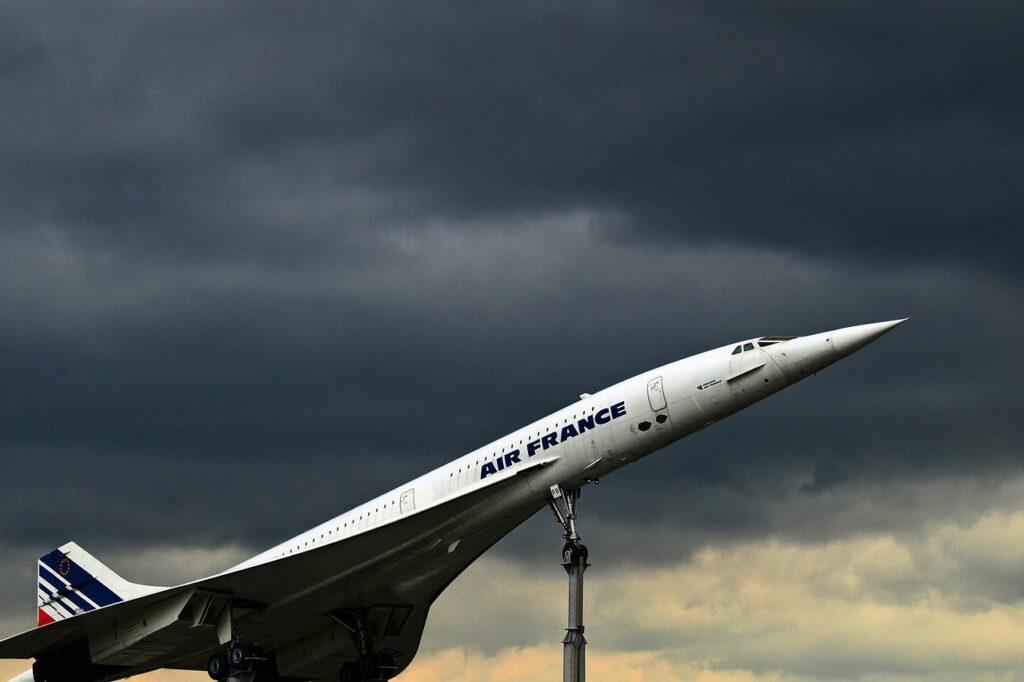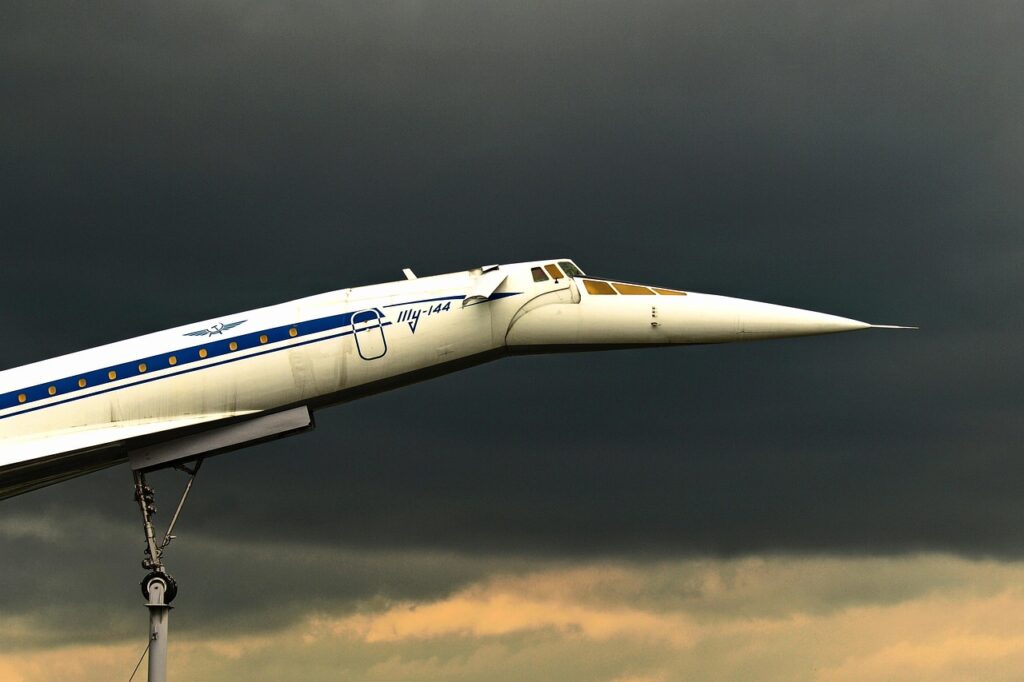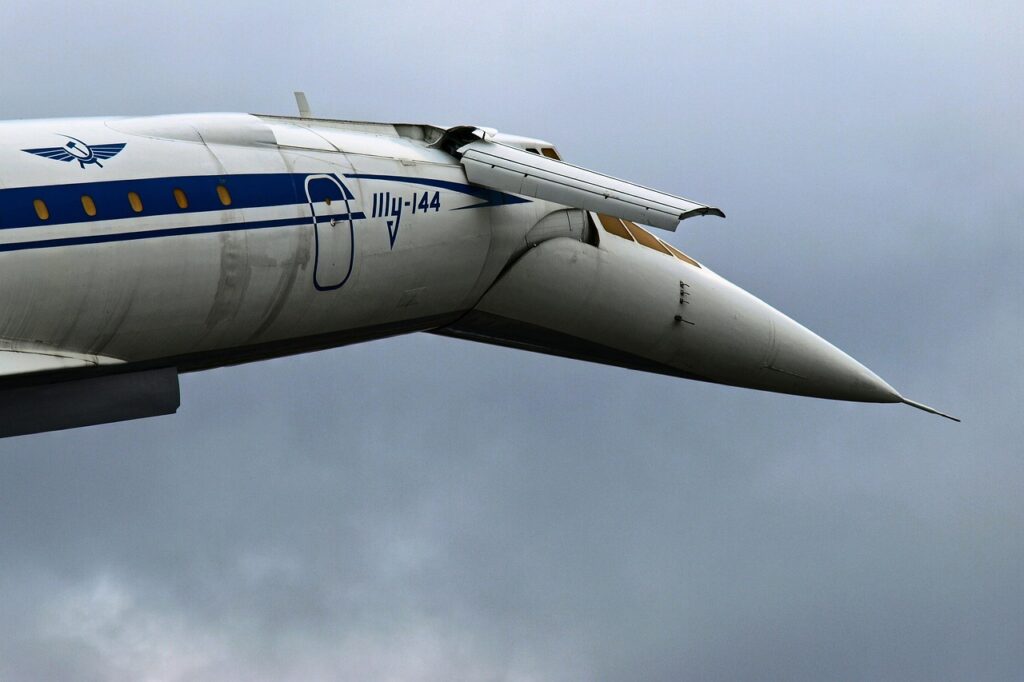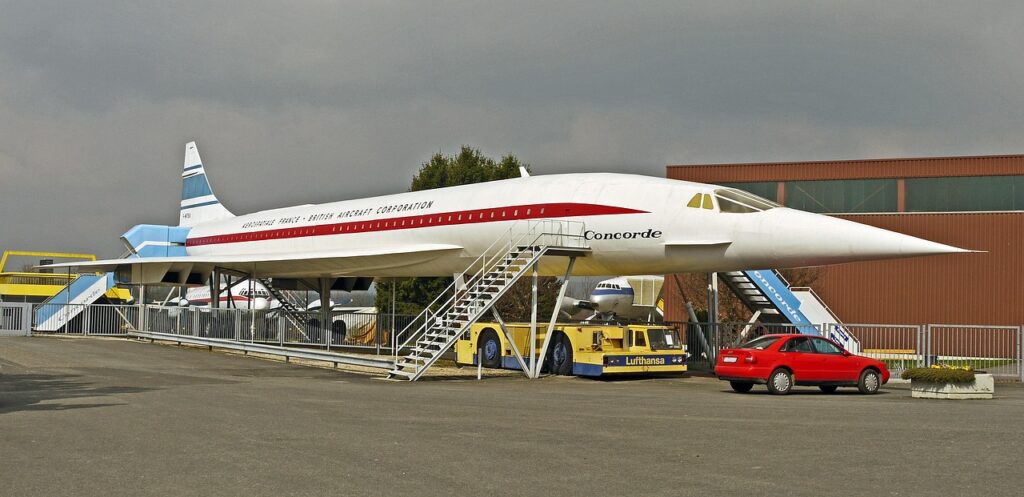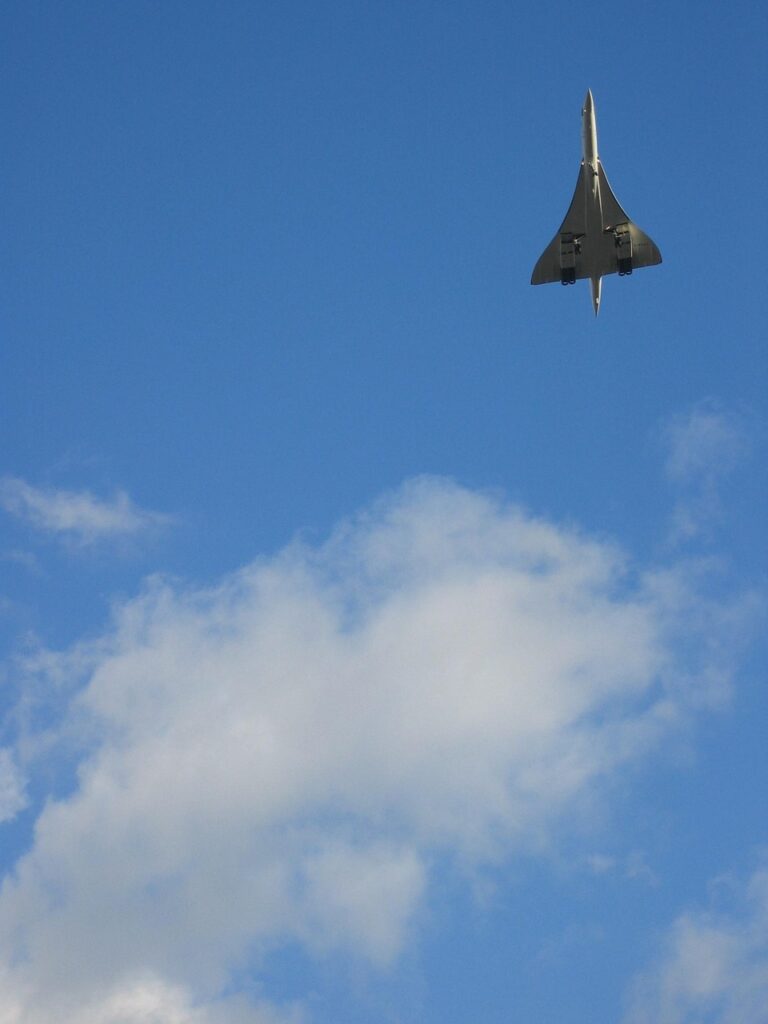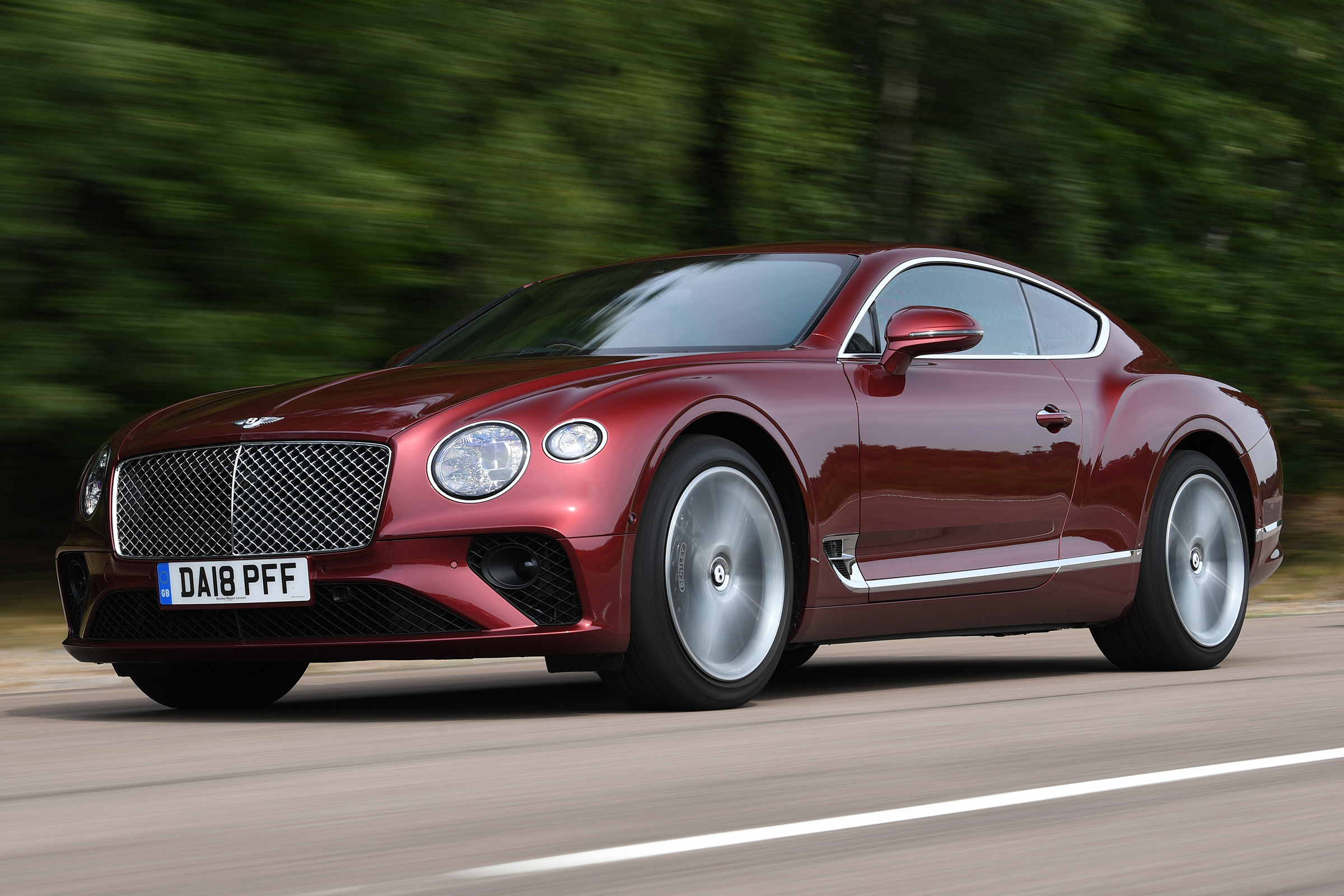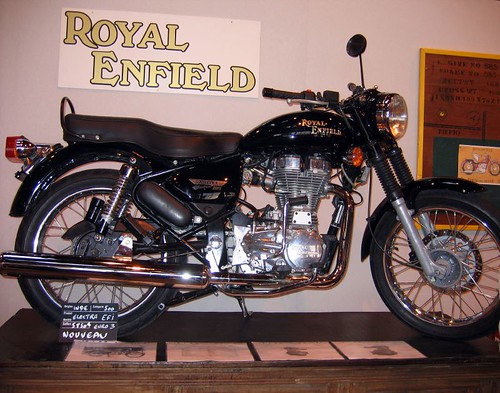
Decades after its final, poignant flight, the Concorde remains an indelible icon in the annals of aviation history. It wasn’t merely an aircraft; it was a defiant statement of human ingenuity, a symbol of unparalleled luxury, and a testament to the relentless pursuit of speed. More than just a marvel of engineering that sliced through the skies at supersonic velocities, the Concorde offered an experience that transcended ordinary travel, transporting its elite passengers into an era of opulence that felt almost futuristic. This article offers a unique journey, inviting you to step aboard and explore the very essence of what made the Concorde so extraordinary.
While much of the public imagination rightly fixated on its breathtaking speed and the sheer innovation it represented, the true heart of the Concorde experience lay within its historic luxury interior. It was a space that meticulously wove a narrative of mid-20th-century opulence, showcasing a refined elegance and a forward-thinking design philosophy. This wasn’t about the extravagant, over-the-top amenities that define today’s first-class cabins; instead, it was a subtle symphony of comfort, impeccable service, and a distinct style that spoke volumes about its era.
Join us as we take a closer look inside this legendary jet, one that the Aviation Co. fondly regards as a favorite. We will unravel the stories behind its streamlined cabin, the exquisite details that catered to royalty and celebrities, and the profound impact of flying like the true elite. Prepare to be enchanted by a journey into a bygone era of air travel, where every element of the Concorde’s interior was carefully curated to exude refinement and offer an experience unlike any other.
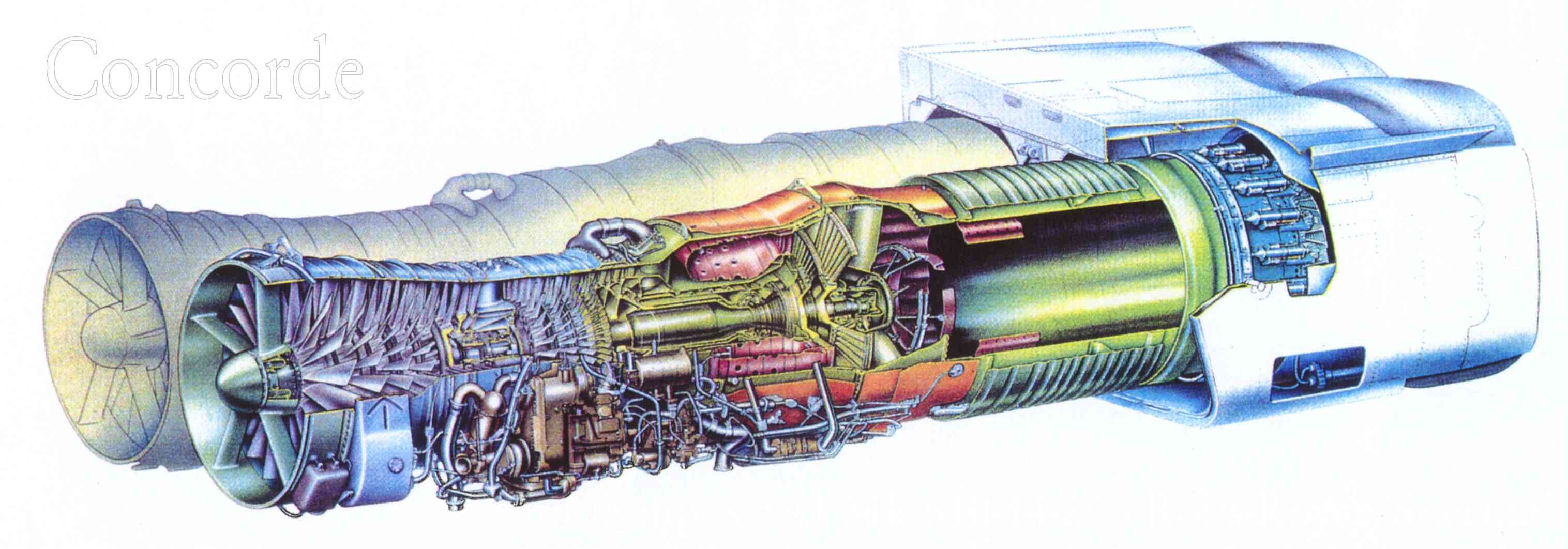
1. **Concorde’s Unmatched Speed and Elite Clientele**The Concorde wasn’t just fast; it was a revolution in airborne velocity, a gleaming spearhead of human progress. A joint project between British Airways and Air France, it entered commercial service in 1976 and continued to grace the skies until 2003, connecting major global hubs like New York, London, and Paris with unprecedented swiftness. Cruising at a phenomenal Mach 2.04—over twice the speed of sound, approximately 1,354 mph or 2,180 km/h—the aircraft drastically cut travel times, whisking passengers from JFK to Heathrow in under 3.5 hours, effectively halving the journey compared to conventional jets.
Yet, the essence of the Concorde experience extended far beyond its remarkable velocity; it was deeply rooted in exclusivity. Only 20 Concorde aircraft were ever constructed, making each flight an extraordinarily rare event. Seats on this magnificent machine came with a formidable first-class price tag, firmly placing the Concorde experience within the reach of a privileged few. In the late 1990s and early 2000s, a round-trip ticket from New York to London or Paris typically commanded around $12,000, a sum equivalent to more than $20,000 in today’s money when adjusted for inflation.
This premium fare was a clear indicator of who the Concorde was designed to serve: an exclusive coterie of celebrities, astute CEOs, and revered royalty. For those discerning individuals fortunate enough to secure a seat, boarding the Concorde wasn’t merely a mode of transport; it was an unequivocal statement of status, a passage into a world where time itself seemed to bend, offering an experience that no other commercial airliner could replicate. Every aspect of the journey, from the moment of boarding to the swift, silent touchdown, underscored its unique standing.
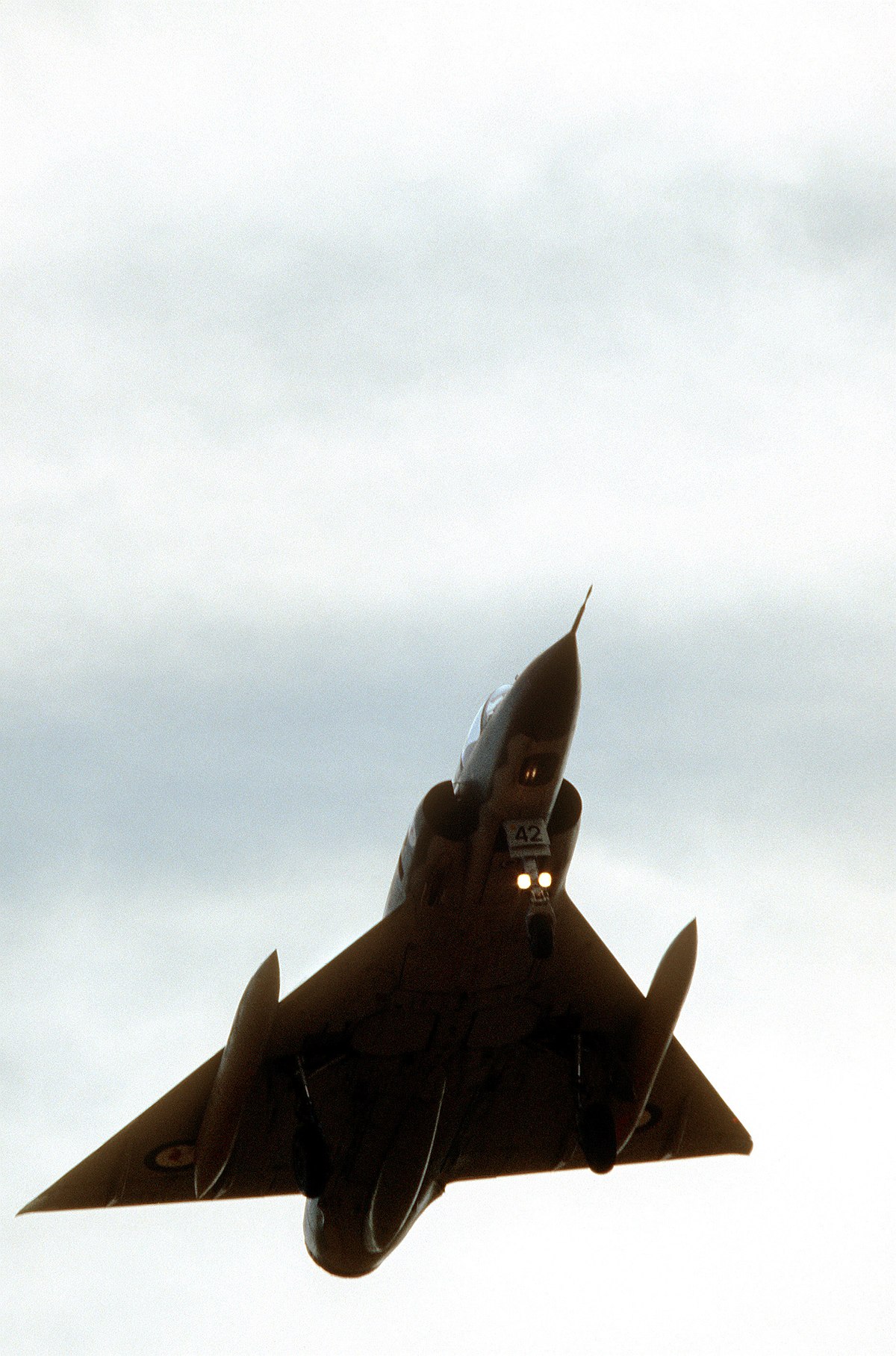
2. **The Distinctive Exterior: Sleek Delta-Wing Design**The Concorde’s exterior was as iconic as its mission, a breathtaking symphony of form and function sculpted for supersonic flight. Its instantly recognizable silhouette, dominated by a sleek, delta-wing structure, conveyed both power and elegance. This wasn’t just an aesthetic choice; the unique ogival delta wing was a crucial engineering marvel, carefully designed to perform optimally across the vast spectrum of speeds it would encounter, from slow take-offs to blistering supersonic cruises.
The innovative tailless configuration, a rarity for commercial aircraft, contributed significantly to its aerodynamic efficiency at high speeds, distinguishing it visually and technically from its subsonic counterparts. This design was the culmination of extensive research, particularly around the “slender delta” concept, which sought to reconcile the conflicting demands of high-speed performance and manageable low-speed handling. The work of scientists like Johanna Weber and Dietrich Küchemann at the RAE was foundational, demonstrating how strong vortices on the upper surfaces of delta wings at high angles of attack could generate crucial lift, even at low speeds.
Another defining feature was the Concorde’s distinctive droop nose, a brilliant piece of engineering that addressed a critical operational challenge. While flying at low speeds during take-off and landing, the aircraft needed to adopt a very “nose high” attitude to generate the necessary vortex lift, a posture that would severely obstruct the pilots’ forward visibility. The ingenious droop nose mechanism allowed the nose section to be lowered, providing an unimpeded view of the runway, only to be elegantly raised again for aerodynamic efficiency during supersonic cruise. This blend of cutting-edge aerodynamics and practical design ensured both performance and safety.
3. **A Look Inside: The Compact Yet Thoughtful Cabin Layout**Stepping from the striking exterior into the Concorde’s cabin offered a fascinating contrast, revealing a space that, at first glance, might not align with modern perceptions of luxury. Unlike today’s sprawling first-class cabins or the expansive interiors of private jets, the Concorde’s fuselage was deliberately compact, measuring just over nine feet wide. This narrow dimension was a direct consequence of the aircraft’s aerodynamic requirements for supersonic travel, where minimizing drag was paramount.
Despite its compact nature, the interior was masterfully arranged with a thoughtful and efficient 2-2 seating layout. This configuration accommodated a maximum of only 100 passengers, a stark departure from the hundreds carried by wide-body jets. This design choice inherently fostered an intimate, exclusive atmosphere, creating a feeling of bespoke travel that, in its own refined way, could certainly rival the comfort and privacy often found in many private jets.
What the Concorde’s interior may have lacked in the expansive, multi-zone opulence now common in premium cabins, it more than compensated for with a forward-thinking design philosophy. Its creators prioritized comfort, service, and an intrinsic sense of style, demonstrating a commitment to refined elegance over ostentatious display. Every element, from the materials chosen to the spatial arrangement, contributed to an experience where passengers felt they were not just traveling, but participating in a momentous journey, making the most of every precious minute of their supersonic passage.
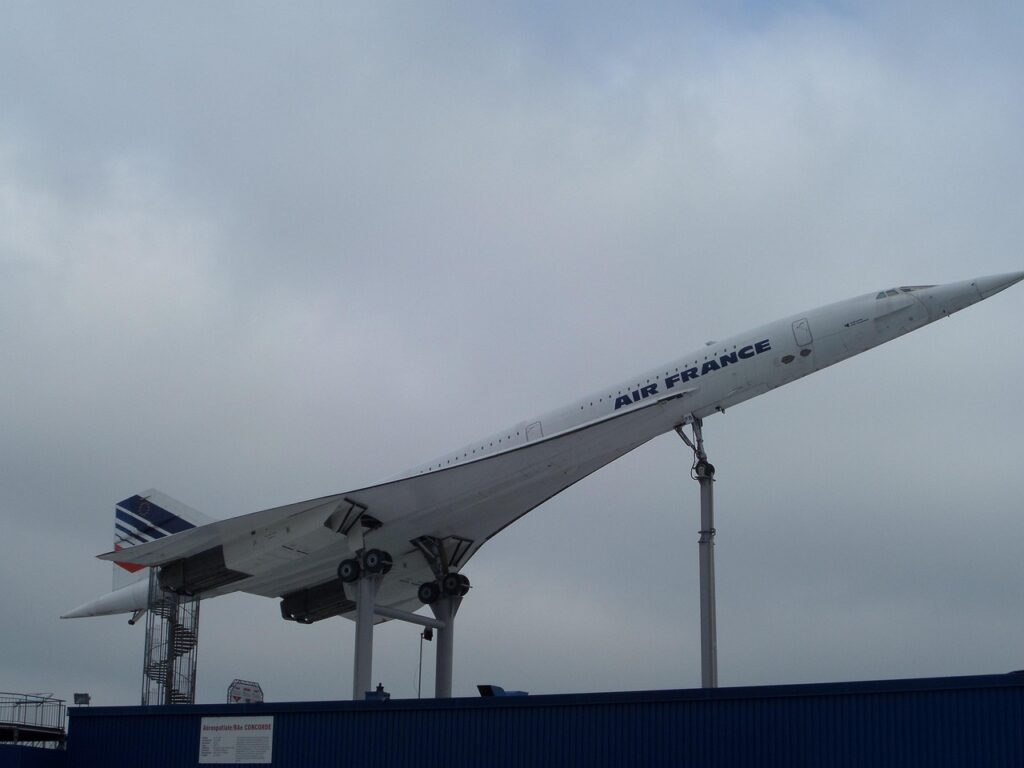
4. **Refined Comfort: Plush Leather Seats and Understated Luxury**The moment one settled into a seat aboard the Concorde, the intention behind its interior design became immediately clear: it was a celebration of refined, understated luxury that perfectly encapsulated the sophisticated aesthetics of its era. The cabin was fitted with plush leather seats, a tactile testament to the premium experience awaiting each passenger. These weren’t just functional; they were chosen to evoke a sense of calm and sophistication, inviting passengers to relax into their extraordinary journey.
Comfort was paramount, and for its time, the Concorde offered generous legroom, a feature highly valued by discerning travelers. Each seat was thoughtfully equipped with recline capabilities, allowing passengers to find their ideal position, along with convenient fold-out tray tables for meal service and work. Personal reading lights provided focused illumination, ensuring that passengers could enjoy a magazine or newspaper in their own quiet sphere, enhancing the feeling of personalized attention.
The interior’s color schemes were meticulously selected to complement this aura of tranquility and sophistication. Soft neutrals, predominantly creams, grays, and navies, were employed to create a serene and elegant ambiance during flight. While British Airways and Air France each added their unique touches—British Airways opting for a slightly more business-like aesthetic, and Air France leaning towards a softer, more luxurious feel—the overarching commitment to refinement was unwavering, ensuring every detail exuded an elite experience.
5. **Gourmet Dining at 60,000 Feet: A Culinary Journey**From the very moment of departure until the subtle shift into landing, every aspect of the Concorde journey reflected an unwavering commitment to refined luxury, and the dining experience stood as a shining example. Within the sleek, minimalist interiors, thoughtfully designed with polished finishes and those characteristic plush leather seats, an exquisite stage was set for a meal service that felt less like conventional in-flight fare and more akin to a privileged fine dining experience in a Michelin-starred establishment.
The onboard meal service was nothing short of gourmet, meticulously crafted by top chefs to delight the palates of its esteemed clientele. Each culinary creation was thoughtfully paired with vintage Champagne and an array of fine wines, transforming the act of dining into an elevated ritual. Passengers enjoyed their delectable meals not on plastic trays, but on genuine china, accompanied by gleaming silver cutlery, all while effortlessly cruising at altitudes exceeding 60,000 feet, well above the weather and ordinary air traffic.
The menus themselves were a testament to indulgence, frequently featuring luxurious delicacies such as caviar, succulent lobster, perfectly cooked filet mignon, and exquisite French pastries. British Airways, in particular, famously elevated this experience by serving Laurent-Perrier Grand Siècle Champagne, a signature touch that reinforced the aircraft’s air of unparalleled indulgence. Despite the drastically shorter flight times typical of a Concorde journey, the service was delivered at a perfectly unhurried pace, ensuring that every passenger had ample opportunity to savor each moment of their extraordinary supersonic culinary adventure.
6. **Beyond Entertainment: Personalized Service and Thoughtful Amenities**In an era long before the ubiquitous presence of seatback entertainment screens, personal devices, or in-flight Wi-Fi, the Concorde redefined the concept of passenger amenities. It offered a departure from the visual and digital distractions of today, instead cultivating an environment where luxury was expressed through personalized attention and meticulously chosen physical comforts. This was an experience steeped in human connection and tangible refinements, rather than digital escapism.
Passengers were treated to elegant leather-bound travel kits, curated items designed to enhance their journey, and an intimate cabin environment that encouraged conversation and relaxation. The absence of modern entertainment systems was consciously offset by an exceptional level of personalized service. Flight attendants underwent meticulous training, specifically tailored to cater to a high-profile clientele, ensuring that every request was anticipated and every need met with grace and efficiency.
The standard of service onboard was often described as being more akin to that found in an exclusive private club than on a commercial airliner, creating an unparalleled sense of belonging and privilege. Even the aircraft’s lavatories reflected this unwavering commitment to luxury, designed with sleek aesthetics and always well-appointed, often stocked with designer toiletries. These thoughtful details, from the personalized greeting to the pristine facilities, collectively reinforced the minimalist yet futuristic feel of the Concorde interior, making passengers feel truly transported into the next era of air travel.
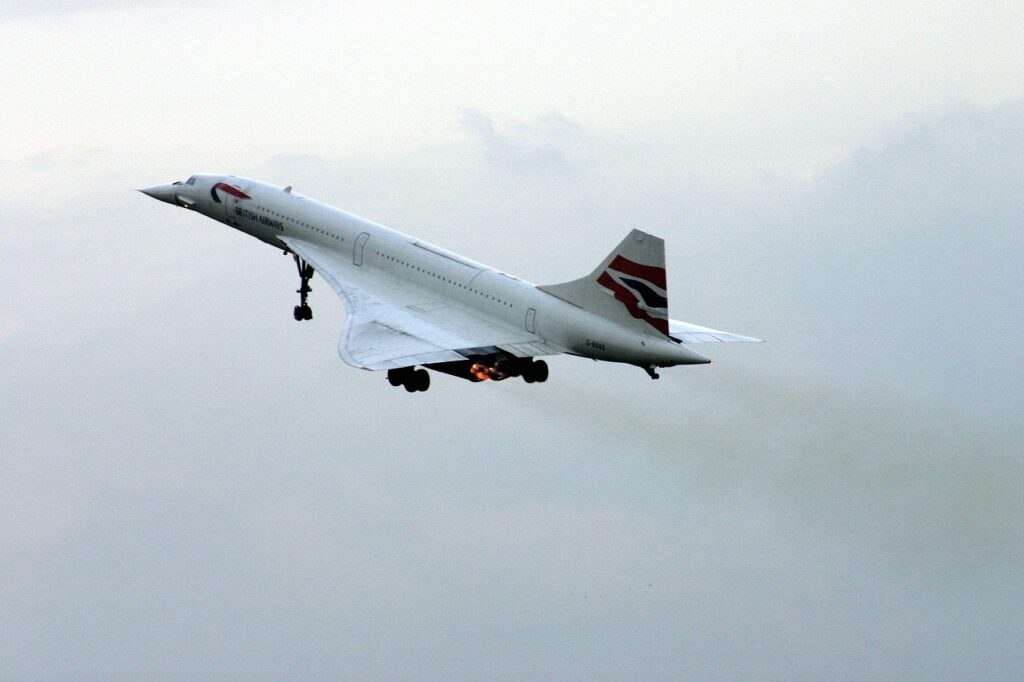
7. **The Stratospheric View: Witnessing Earth’s Curvature**While the interior comfort and gourmet dining were undoubtedly exquisite, perhaps the most profoundly breathtaking aspect of the Concorde experience was the extraordinary vista that lay just beyond its windows. Flying at altitudes nearly twice that of standard commercial jets, typically cruising above 60,000 feet, passengers were afforded a perspective on our world that very few have ever witnessed. This was a privilege that transcended any in-flight amenity, becoming a luxurious part of the journey in its own right.
From this unparalleled vantage point, travelers could distinctly perceive the subtle curvature of the Earth, a humbling and awe-inspiring sight that underscored the immense height at which they were traveling. Above them, the deep blue of the stratosphere enveloped the cabin, a celestial canopy that spoke of proximity to space. It was a view that not only offered visual splendor but also a profound sense of wonder, making the very act of flying a truly meditative and unforgettable experience.
Descriptions of sunsets and sunrises from the Concorde were often recounted with an almost surreal quality. The colors were more vivid, the horizons sharper, and the transition between day and night seemed to unfold with an ethereal beauty unique to that stratospheric elevation. This elevated perspective transformed the journey into a spectacle, allowing passengers to gaze upon a world both familiar and utterly transformed, imprinting memories that lasted a lifetime. It was a luxury no amount of modern entertainment could ever hope to replicate.
Decades after we’ve marveled at its interior luxury and groundbreaking aesthetics, the Concorde’s story is equally captivating when we delve into the formidable journey of its creation, the technological marvels it housed, and the complex factors that ultimately led to its retirement. This journey through its operational life and enduring legacy reveals an aircraft that was as much a political and engineering triumph as it was a commercial one, a testament to human ambition that continues to inspire. The true depth of its impact extends far beyond the cabins where royalty once relaxed, touching upon the very frontiers of aerodynamic science and international cooperation.
8. **The Genesis of Supersonic Flight: Early Studies and the Slender Delta Concept**The ambition to break the sound barrier in commercial aviation began to stir in the early 1950s, a visionary pursuit initiated by Arnold Hall, director of the Royal Aircraft Establishment (RAE). He tasked Morien Morgan with forming a committee to study supersonic transport (SST), a group that delivered its foundational report in 1955. Early insights, notably Robert T. Jones’ work at NACA, highlighted a critical challenge: supersonic drag was heavily tied to wing span, suggesting short-span, thin, trapezoidal wings—designs seen on missiles or interceptors like the Lockheed F-104 Starfighter. However, this configuration presented significant issues, yielding minimal lift at low speeds.
Such designs would necessitate colossal engine power for takeoff from existing runways and immense fuel capacity, leading to what were aptly described as “horribly large aeroplanes.” Consequently, the initial assessment deemed the concept of an SST infeasible, recommending a pause for continued, deeper low-level studies into supersonic aerodynamics. This early hurdle underscored the profound engineering complexities inherent in designing an aircraft capable of gracefully transitioning between subsonic and supersonic realms.
Yet, this seemingly insurmountable challenge was swiftly addressed by the groundbreaking work of Johanna Weber and Dietrich Küchemann at the RAE. Their series of reports introduced the revolutionary “slender delta” wing planform, a concept that fundamentally altered the trajectory of supersonic design. They meticulously documented how delta wings, when at high angles of attack, could generate powerful vortices on their upper surfaces. These vortices, in turn, significantly lowered air pressure, thereby creating crucial lift—an effect previously observed by Chuck Yeager in the Convair XF-92 but not fully understood or harnessed for commercial application.
Weber’s genius lay in proposing that this vortex lift could be strategically exploited to enhance low-speed performance, particularly during takeoff and landing. She demonstrated that extending the delta wing along the fuselage as far as possible would maximize this effect, ensuring both excellent supersonic performance and manageable low-speed handling. This innovative approach, however, required the aircraft to adopt a pronounced “nose high” attitude during these phases, presenting a new set of challenges regarding pilot visibility, a hurdle that would later be ingeniously overcome.
9. **Pioneering the Ogee Wing: From Blueprints to Breakthrough Aerodynamics**As the RAE team, including Eric Maskell whose work on flow separation was pivotal, continued to refine the slender delta concept, they explored various shapes: the classic straight-edge delta, the visually striking “gothic delta” that curved outward, and the “ogival wing,” known for its compound-rounded, ogee shape. Each held distinct aerodynamic merits, but a crucial practical concern ultimately guided the selection process. This concern revolved around the aircraft’s center of pressure (CP), or “lift point,” needing to remain in close proximity to its center of gravity (CG), or “balance point,” to minimize the control forces required for pitching.
In conventional aircraft design, if the CG shifted during development, adjustments could be made by slightly moving the wing. However, with a delta wing spanning most of the fuselage length, such repositioning was practically impossible without the wing extending beyond the nose or tail. This constraint made managing CG shifts—both during design and through fuel consumption in flight—a paramount challenge. It was in this context that the ogee planform emerged as the superior solution, its unique geometry proving most adaptable to these critical balance requirements, and thereby cementing its place in the Concorde’s iconic design.
To rigorously validate the new wing’s capabilities, NASA provided invaluable assistance, modifying a Douglas F5D Skylancer to meticulously mimic the chosen ogee planform. In 1965, this test aircraft successfully confirmed the wing’s efficacy, demonstrably reducing landing speeds compared to a standard delta wing. Furthermore, NASA’s Ames research facility conducted simulations that uncovered a critical characteristic: the aircraft would exhibit a sudden, noticeable change in pitch upon entering ground effect during landing. This vital information, confirmed by a joint cooperative test involving French and British pilots, was meticulously incorporated into pilot training, ensuring safe and predictable operations.
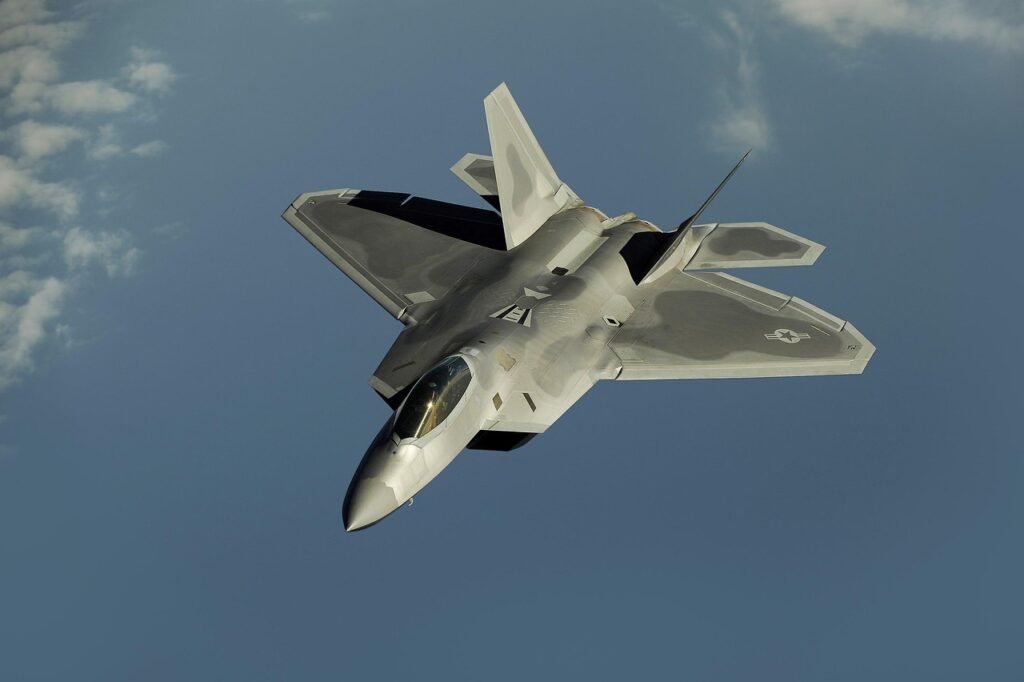
10. **Forging an Alliance: The British-French Partnership and Treaty**The pursuit of supersonic commercial flight was not confined to Britain alone; France harbored its own ambitious SST plans. In the late 1950s, the French government solicited designs from its state-owned aviation firms, Sud Aviation and Nord Aviation, alongside Dassault. All submissions, remarkably, converged on designs based on Küchemann and Weber’s slender delta concept. Sud Aviation’s Super-Caravelle, a medium-range jet, ultimately won the design contest, shrewdly sized to avoid direct competition with the transatlantic US designs they anticipated were already in development.
In a moment of pivotal international collaboration, Pierre Satre, Sud Aviation’s technical director, journeyed to Bristol in April 1960 to discuss a potential partnership. The British team was astonished to discover that Sud had independently arrived at a strikingly similar aircraft concept, having analyzed the SST problem and reached conclusions mirroring those of the Bristol and STAC teams, particularly regarding economic viability. This alignment was later revealed to have been aided by the surreptitious sharing of the original STAC report, initially marked “For UK Eyes Only,” a diplomatic maneuver to foster political favor.
Crucially, France lacked modern large jet engines and had already committed to procuring British designs, as they had for the earlier subsonic Caravelle. Both nations agreed on a maximum speed of Mach 2, a pragmatic decision to utilize readily available aluminum for the airframe, as speeds above this would cause friction with the air to soften the metal. This limit also promised a faster development cycle, allowing their design to fly before anticipated American competitors. The convergence of these technical and practical considerations, coupled with the shared conviction in Küchemann’s ogee-shaped wing, cemented the foundation for a joint venture.
Initially, the British team envisioned a 150-passenger aircraft for transatlantic routes, while France focused on its medium-range design. However, as discussions progressed through 1961, it became clear that the two projects were remarkably similar. A unified design emerged, primarily differentiated by fuel load, and the potent Bristol Siddeley Olympus engines, then under development for the TSR-2, proved powerful enough to propel either version with just four engines. This consolidation streamlined the development effort, forging a truly collaborative Anglo-French enterprise.
However, the path to collaboration was not purely technical; it was deeply intertwined with political maneuvering. As the development teams advanced, high-level diplomatic talks unfolded between UK Minister of Aviation Peter Thorneycroft and French Minister of Public Works and Transport Robert Buron. Thorneycroft impressed upon the British cabinet France’s serious commitment, contrasting it with the perceived disinterest of US companies, who likely anticipated government funding and eyed the risk of sharing technological leadership.
Domestically, the STAC plans faced scrutiny from the UK cabinet, with the Treasury Ministry expressing strong reservations about the economic viability, citing the industry’s history of over-optimistic cost estimations. An independent review by the Committee on Civil Scientific Research and Development, while rejecting the direct economic benefits, supported the project, driven by a concern that the UK would be locked out of future airliner markets if it failed to pursue supersonic capabilities. Ultimately, the project’s main rationale became entwined with the UK’s pressing desire for admission into the European Economic Community. This led to the signing of an international treaty on November 29, 1962, rather than a mere commercial agreement, famously including a clause imposing heavy penalties for any unilateral cancellation.

11. **Inside the Engines of Innovation: Concorde’s Powerplant and Advanced Technologies**At the very heart of Concorde’s incredible performance lay its formidable powerplants: four Rolls-Royce/Snecma Olympus 593 turbojets, derivatives of the engines that propelled the RAF’s Avro Vulcan strategic bomber. A 1960 symposium on supersonic transport powerplants had weighed various options, but turbofan engines were ultimately rejected due to their larger cross-section, which would have generated excessive drag at supersonic speeds. The Olympus turbojet, with its established technology and ongoing development for the BAC TSR-2 supersonic strike bomber, was the pragmatic and powerful choice to meet the stringent design requirements.
The Concorde was far more than just a fast aircraft; it was a crucible of groundbreaking technological advancements that reshaped aviation. Its iconic double delta (ogee/ogival) shaped wings were a marvel, meticulously optimized for flight across the vast spectrum of speeds. Coupled with a revolutionary variable engine air intake ramp system, precisely controlled by digital computers, the aircraft could maintain optimal airflow to its engines at all speeds, from subsonic acceleration to its blistering supersonic cruise. This enabled its unparalleled supercruise capability, sustaining Mach 2 flight without the constant use of afterburners.
Weight-saving was paramount in achieving Mach 2.02 (approximately 1,338 mph or 2,154 km/h), the cruising speed deemed optimal for fuel consumption, where supersonic drag was minimized, and turbojet engines operated most efficiently. The aircraft was primarily constructed from aluminum, utilizing a high-temperature alloy akin to those developed for aero-engine pistons. This material choice provided the critical balance of low weight and conventional manufacturing processes, ensuring that the dream of supersonic flight could be realized without resorting to more exotic, costly, and difficult-to-work-with metals.
Beyond its structural and propulsion innovations, Concorde integrated a suite of advanced control systems that pushed the boundaries of automation and safety. It featured a full-regime autopilot and autothrottle, allowing for unprecedented “hands-off” control from climb-out to landing, a testament to its sophisticated automation. Crucially, Concorde was the first airliner to employ an analogue fly-by-wire flight control system, utilizing pioneering hybrid circuits within its avionics to translate pilot inputs into precise control surface movements, enhancing stability and responsiveness.
Further enhancing its capabilities, a high-pressure hydraulic system, operating at 28 MPa (4,100 psi), allowed for lighter, more efficient hydraulic components, contributing further to overall weight reduction. An advanced air data computer (ADC) continuously monitored and transmitted critical aerodynamic measurements, providing pilots with real-time insights into total pressure, static pressure, angle of attack, and side-slip. Even its braking system was groundbreaking, featuring a fully electrically controlled analogue brake-by-wire system, ensuring powerful and precise stopping. Notably, to optimize weight and operational simplicity, Concorde intentionally omitted an auxiliary power unit (APU), relying instead on readily available ground air start carts at the major airports it served.
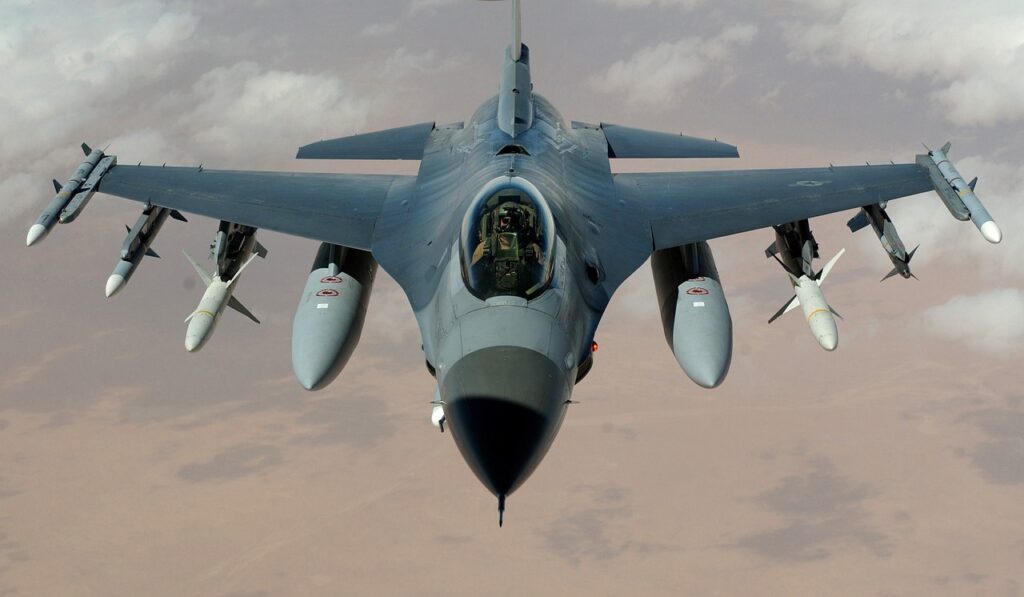
12. **A Dream Derailed: Commercial Challenges and Order Cancellations**In the late 1960s, the future for Concorde seemed boundless, with advertisements in publications like *Aviation Week & Space Technology* predicting a market for 350 aircraft by 1980. The consortium confidently secured non-binding options for over 100 long-range versions from major airlines worldwide, including Pan Am, BOAC, and Air France as launch customers. However, this initial enthusiasm was met with stark realities as development costs spiraled, ultimately reaching more than six times the original projections. By 1977, the unit cost had soared to £23 million, an astronomical sum equivalent to over £180 million today, making its economic viability increasingly questionable.
The project encountered formidable headwinds that swiftly dampened its commercial prospects. The most significant environmental hurdle was the sonic boom, which effectively rendered supersonic travel over land impossible due to widespread public complaints. Beyond the noise, general public concern about the environmental impact of supersonic aircraft—including take-off noise and pollution—fostered a growing skepticism towards SSTs. These concerns were further amplified by global economic shocks: the 1973–74 stock market crash and the devastating 1973 oil crisis.
The oil crisis dramatically shifted airline priorities, making aircraft with high fuel consumption, like Concorde, a considerable financial risk. In stark contrast, new wide-body aircraft such as the Boeing 747 had recently entered service, offering significantly greater fuel efficiency. While carrying a full load, Concorde achieved a mere 15.8 passenger miles per gallon of fuel, a figure dwarfed by the Boeing 707’s 33.3 pm/g, the Boeing 747’s 46.4 pm/g, and the McDonnell Douglas DC-10’s impressive 53.6 pm/g. This disparity, coupled with a growing trend towards cheaper airline tickets, led airlines like Qantas to openly question Concorde’s market suitability. *Flight International* later characterized Concorde as “one of aerospace’s most ambitious but commercially flawed projects,” a sentiment widely echoed.
A cascade of order cancellations followed, with prominent carriers like Pan Am, Continental Airlines, American Airlines, TWA, and Qantas withdrawing their options throughout the early 1970s. Further blows came with the Paris Le Bourget air show crash of the competing Soviet Tupolev Tu-144, which shook potential buyers, and the US government’s decision to cut federal funding for its own supersonic transport program, the Boeing 2707, in 1971. Adding to these woes, nations including the US, India, and Malaysia initially ruled out Concorde supersonic flights over their territories due to noise concerns, although some of these restrictions were later relaxed.
Ultimately, only Air France and British Airways (the successor to BOAC) fulfilled their orders, each acquiring seven airframes, bringing the total production run to a mere 20 aircraft. The two governments, having underwritten the project, were left to take a cut of any profits, a stark reminder of the massive public investment. Professor Douglas Ross notably characterized the restrictions placed upon Concorde operations by President Jimmy Carter’s administration as an act of protectionism, designed to shield American aircraft manufacturers from competition.
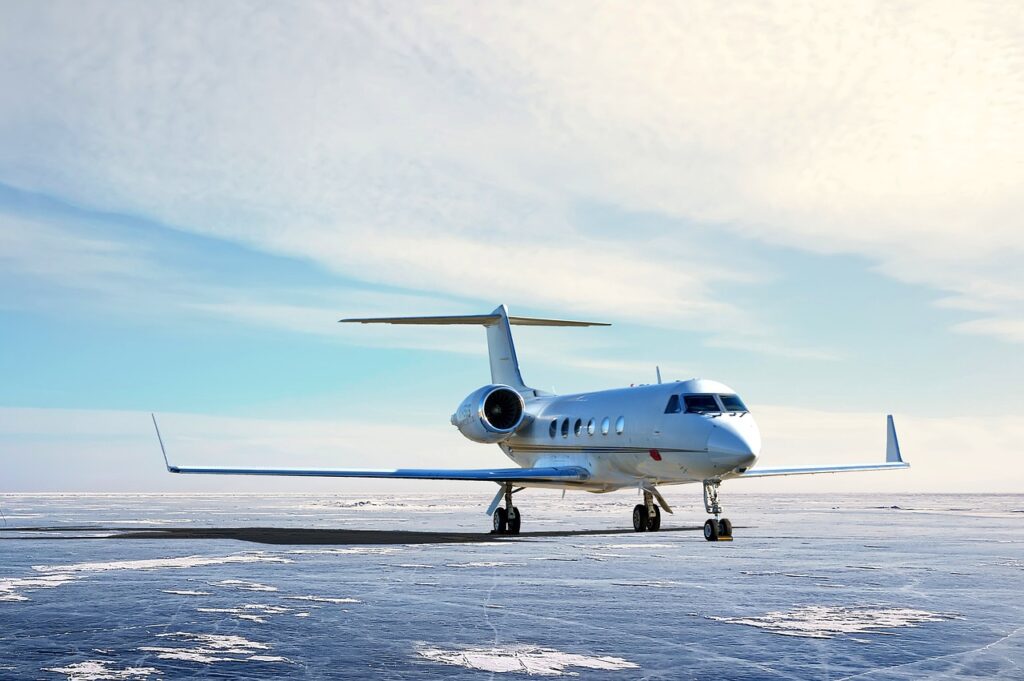
13. **The Fateful End: Retirement and Contributing Factors**For 27 years, the Concorde captivated the world, defying the limits of speed and offering an unparalleled experience. However, its illustrious journey was tragically punctuated by the Air France Flight 4590 crash on July 25, 2000. Shortly after take-off from Paris, the aircraft suffered a catastrophic failure, resulting in the loss of all 109 occupants and four people on the ground. This devastating event marked the sole fatal incident in Concorde’s operational history, casting a long shadow over its otherwise impeccable safety record.
In the immediate aftermath of the tragedy, commercial service for the entire Concorde fleet was suspended. A rigorous investigation followed, leading to comprehensive modifications and enhanced safety protocols. While these efforts allowed the aircraft to return to service in November 2001, the incident had irrevocably altered public perception and confidence in supersonic travel. The symbolic impact was profound, signaling a turning point for an aircraft already facing an uphill battle against economic realities.
The crash served as a potent catalyst, but the decision to officially retire the Concorde in 2003 was a confluence of several intractable factors. High operating costs, exacerbated by volatile fuel prices and the sheer expense of maintaining an aging, technologically unique fleet, had become an unsustainable burden for British Airways and Air France. Environmental concerns, particularly around the sonic boom and takeoff noise, continued to limit its operational routes, despite some earlier relaxations, narrowing its commercial viability.
Ultimately, the economics of supersonic travel in the early 21st century simply no longer aligned with the aircraft’s original vision. The immense financial commitment required for maintenance, combined with dwindling passenger numbers and the enduring psychological impact of the 2000 crash, made its continued operation unfeasible. Thus, after a remarkable career, the magnificent Concorde took its final, poignant flights, receding from active service into the annals of aviation legend.
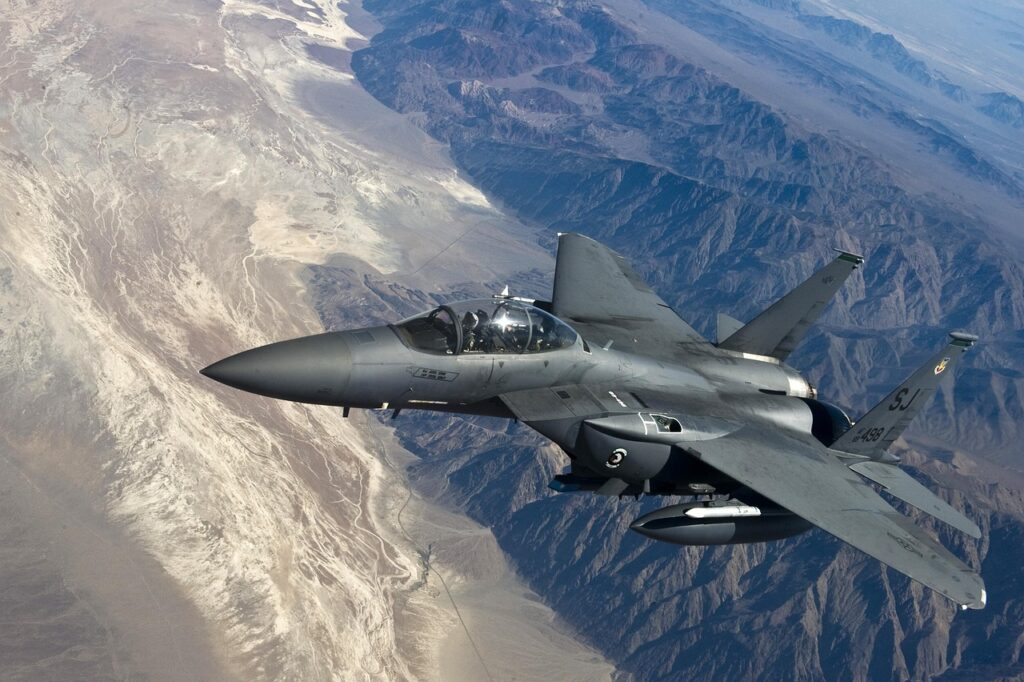
14. **An Enduring Icon: Concorde’s Legacy in Aviation and Beyond**Though the Concorde no longer graces our skies, its legacy is anything but grounded; it continues to soar as one of aviation history’s most iconic and inspiring achievements. Far more than just a feat of engineering, it remains a potent symbol of an era when speed, luxury, and groundbreaking design converged in a harmonious, futuristic vision. The aircraft represented a defiant statement of human ingenuity and an unwavering pursuit of the impossible, fundamentally reshaping our perception of air travel.
Today, the physical embodiment of this dream is meticulously preserved for posterity in museums around the globe, allowing new generations to step inside its sleek interiors and glimpse a bygone era of unparalleled travel. In the United States, visitors can experience a Concorde firsthand at the Smithsonian’s National Air and Space Museum in Washington, D.C., and aboard the Concorde Alpha Delta at New York City’s Intrepid Sea, Air & Space Museum. Seattle’s Museum of Flight also proudly houses one of these legendary jets, offering a tangible connection to its storied past.
Across the Atlantic, the Aerospace Bristol museum, situated just steps from the original assembly site in Filton—the very birthplace of the British-built Concorde—offers an especially poignant exhibit. These institutions collectively ensure that the Concorde’s interior design and its broader historical significance endure, providing a rare opportunity for visitors to experience its refined elegance up close and understand its profound impact on luxury air travel and technological advancement. It’s a reminder that true innovation lives on, even when its active service concludes.
Indeed, the allure of the Concorde interior continues to inspire. Its minimalist approach, prioritizing sleek lines, neutral tones, and functional elegance, was groundbreaking for its time and would later influence the design of premium cabins across the entire airline industry, foreshadowing today’s sophisticated private jet and first-class aesthetics. As aerospace companies now experiment with the next generation of supersonic jets, the spirit of Concorde—where innovation and elegance shared the same runway—serves as a powerful reminder of what is possible when human ambition takes flight.
It is also impossible to speak of Concorde without acknowledging its Cold War-era rival, the Soviet Tupolev Tu-144. While the Concorde is celebrated for its longevity and refined luxury, the Tu-144, with its similar supersonic aspirations, pushed parallel boundaries. The Tu-144 boasted a top speed of Mach 2.0 (approximately 1,320 mph or 2,120 km/h) compared to Concorde’s Mach 2.04 (~1,354 mph / 2,180 km/h). In terms of capacity, the Tu-144 could carry 140–160 passengers against Concorde’s 92–128. However, Concorde’s superior range of approximately 4,500 miles (7,250 km) outstripped the Tu-144’s ~2,990 miles (4,800 km), and its years in service, from 1976 to 2003, far surpassed the Tu-144’s passenger service from 1977 to 1983. This comparison highlights Concorde’s distinct advantages in both operational reach and sustained commercial viability, further cementing its unique place in the history of supersonic aviation.
The Concorde’s story is a compelling narrative of daring ambition, technological brilliance, political complexities, and an enduring legacy. It stands as a testament to humanity’s ceaseless quest to push boundaries, inspiring not just aviation enthusiasts but anyone who dreams of achieving the seemingly impossible.

